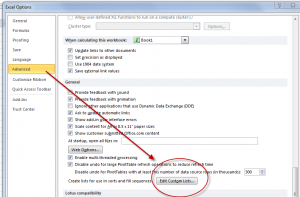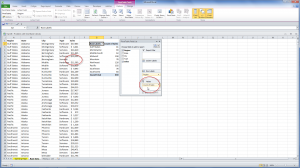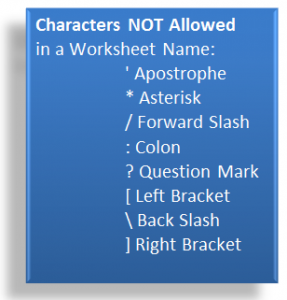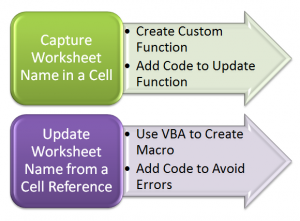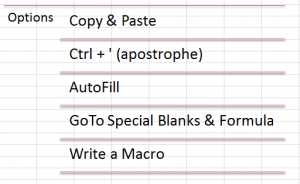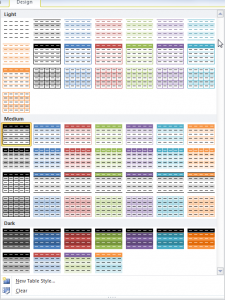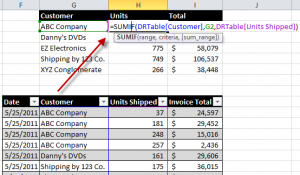Custom Lists in Excel are great because the help to ensure accuracy and consistency when entering data on a worksheet. Excel comes with several Custom Lists built-in to the program – e.g. Days of the Week and Months of the Year. Now, you can quickly use Excel’s AutoFill handle to add Jan, Feb, Mar, Apr, etc. in any direction (vertical or horizontal) on the active worksheet.
Edit Custom Lists
You can quickly create – or edit – your own Custom List. Follow these steps:
- Type your list in a contiguous group of cells – either vertically or horizontally.
- Select the cells with the values that you just entered.
- Spell check this list – use the F7 Keyboard Shortcut
- Open up the Edit Custom List Dialog Box. (Watch this video to see how this is differs between Excel 2010, Excel 2007 and Excel 2003.)
- With your new Custom List selected, click the “Import” button to add your Custom List to the current version of Excel on this computer.
Sort Data Using a Custom List
On this video tutorial, I demonstrate how to sort a list of data using a Custom List – e.g. to get the “Month” field sorted in chronological order (January, February, etc.) This will save you a great deal of time!
Create a Custom List for Letters of Alphabet
Having a Custom List for the 26 letters of the alphabet comes in handy on many occasions. I show you how to AutoFill down the initial list using =Char(Row() + 64) beginning in Row 1 – a really usefuly function!
View This Excel Video Tutorial in High Definition
Follow this link to watch this video tutorial in High Definition on my YouTube Channel – DannyRocksExcels
Get my best-selling DVD-ROM, “The 50 Best Tips for Excel 2007” for only $29.97!
 Working with Custom Lists in All Versions of Excel [ 8:03 ] Play Now | Play in Popup | Download (1477)
Working with Custom Lists in All Versions of Excel [ 8:03 ] Play Now | Play in Popup | Download (1477)